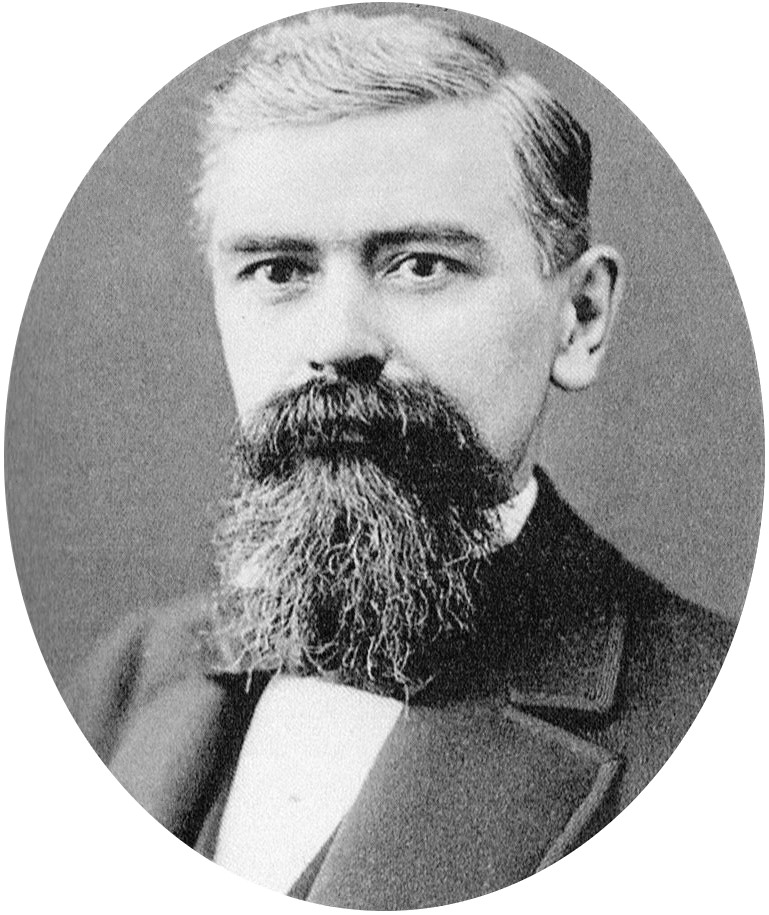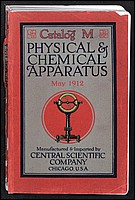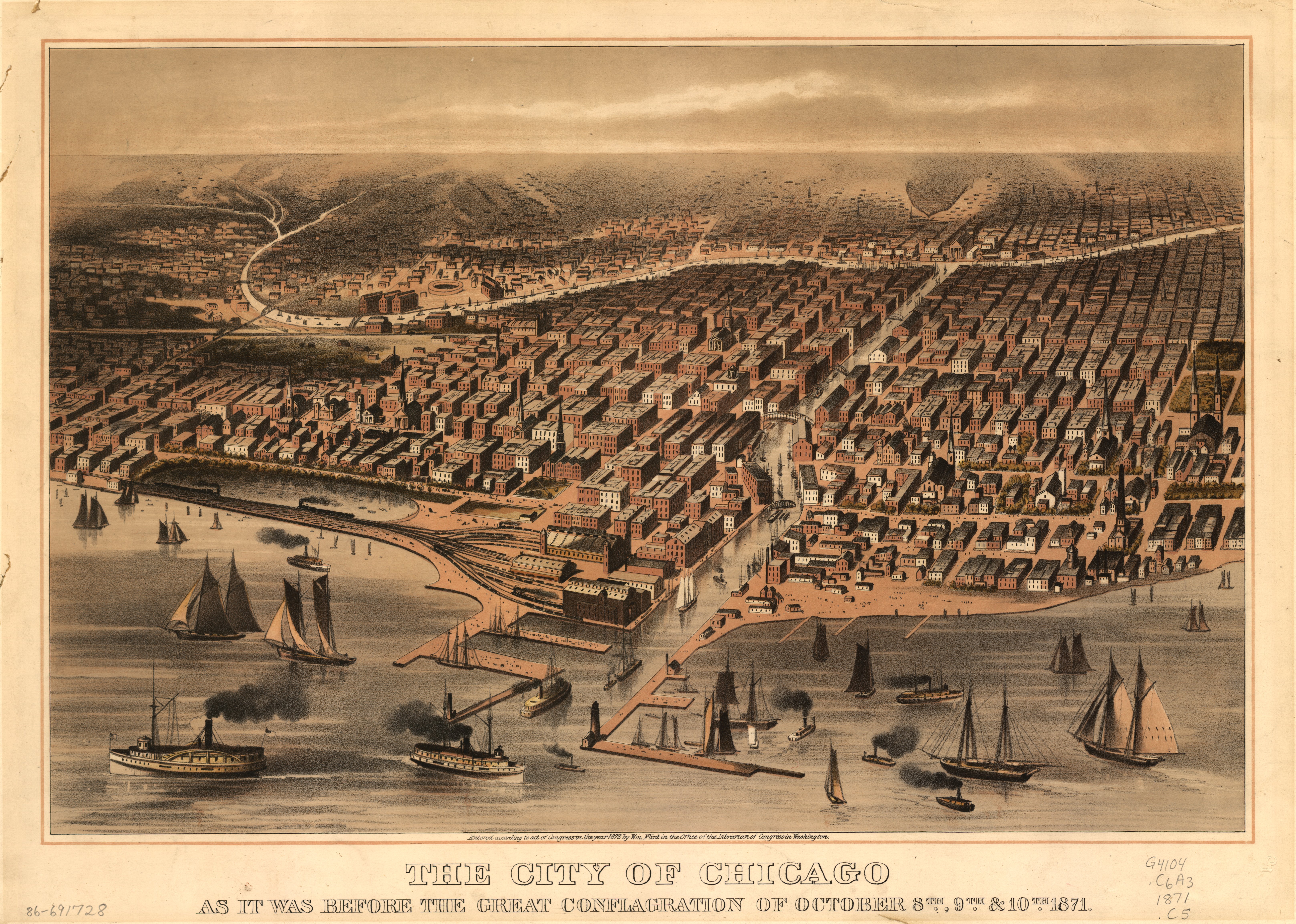|
George Gilman
George Francis Gilman (c. 1826 – March 3, 1901) was an American businessman. A native of Waterville, Maine, he moved to New York City when he joined his father's leather tanning business. By age 30, he had his own leather business in New York. After his father died, Gilman decided to enter the more respectable tea and coffee business and started what would ultimately become The Great Atlantic and Pacific Tea Company, better known as A&P. Gilman had a flair for marketing and pioneered many sales techniques that are now commonplace retailing. Initially he opened stores in New York City and also operated a nationwide mail order business selling tea and coffee. In 1871, he opened a store in Chicago, Illinois and within a few years operated stores in 16 cities. In 1878, Gilman retired to his mansion in Bridgeport, Connecticut where he became known as an eccentric. The firm was operated by George Huntington Hartford who had been responsible for the company's business affairs. U ... [...More Info...] [...Related Items...] OR: [Wikipedia] [Google] [Baidu] |
Waterville, Maine
Waterville is a city in Kennebec County, Maine, United States, on the west bank of the Kennebec River. A college town, the city is home to Colby College, a New England Small College Athletic Conference, NESCAC college, and Thomas College. As of the 2020 United States census, 2020 census the population was 15,828. Along with Augusta, Maine, Augusta, Waterville is one of the principal cities of the Augusta-Waterville, ME Micropolitan Statistical Area. History The area now known as Waterville was once inhabited by the Canibas tribe of the Abenaki people. Called "Taconnet" after Chief Taconnet, the main village was located on the east bank of the Kennebec River at its confluence with the Sebasticook River at what is now Winslow, Maine, Winslow. Known as "Ticonic" by British colonization of the Americas, English settlers, it was burned in 1692 during King William's War, after which the Canibas tribe abandoned the area. Fort Halifax (Maine), Fort Halifax was built by General John Wi ... [...More Info...] [...Related Items...] OR: [Wikipedia] [Google] [Baidu] |
Bridgeport, Connecticut
Bridgeport is the List of municipalities in Connecticut, most populous city in the U.S. state of Connecticut and the List of cities in New England by population, fifth-most populous city in New England, with a population of 148,654 in 2020. Located in eastern Fairfield County, Connecticut, Fairfield County at the mouth of the Pequonnock River on Long Island Sound, it is a port city from Manhattan and from The Bronx. It borders the towns of Trumbull, Connecticut, Trumbull to the north, Fairfield, Connecticut, Fairfield to the west, and Stratford, Connecticut, Stratford to the east. Bridgeport and other towns in Fairfield County make up the Greater Bridgeport Planning Region, Connecticut, Greater Bridgeport Planning Region, as well as the Greater Bridgeport, Bridgeport–Stamford–Norwalk–Danbury metropolitan statistical area, the second largest Metropolitan statistical area, metropolitan area in Connecticut. The Bridgeport–Stamford–Norwalk–Danbury metropolis forms part ... [...More Info...] [...Related Items...] OR: [Wikipedia] [Google] [Baidu] |
The Great Atlantic And Pacific Tea Company
The Great Atlantic & Pacific Tea Company, better known as A&P, was an American chain store, chain of grocery stores that operated from 1859 to 2015. From 1915 through 1975, A&P was the largest grocery retailer in the United States (and, until 1965, the largest U.S. retailer of any kind). A&P was considered an American icon that, according to ''The Wall Street Journal'', "was as well known as McDonald's or Google is today". At its peak in the 1940s, A&P captured 10% of total US grocery spending. Known for innovation, A&P improved consumers' nutritional habits by making available a vast assortment of food products at much lower costs. Until 1982, A&P also was a large food manufacturer. A&P was founded in 1859 as "Gilman & Company" by George Gilman, who opened a small chain of retail tea and coffee stores in New York City, and then expanded to a national mail order business. The firm grew to 70 stores by 1878; by 1900, it operated almost 200 stores. A&P grew dramatically by intr ... [...More Info...] [...Related Items...] OR: [Wikipedia] [Google] [Baidu] |
George Huntington Hartford
George Huntington Hartford (September 5, 1833 – August 29, 1917) headed the Great Atlantic and Pacific Tea Company (A&P) from 1878 to 1917. During this period, A&P created the concept of the chain grocery store and expanded into the country's largest retailer. He joined the firm as a clerk in 1861 and quickly assumed managerial responsibilities. When A&P's founder, George Gilman, retired in 1878, Hartford entered into a partnership agreement and ran the company until the founder's death in 1901. In the settlement of Gilman's estate, Hartford acquired control of the company and ultimately purchased the interests of Gilman's heirs. Hartford was born on a farm in Augusta, Maine, and started his retail career at age 18 in Boston. By 1861, he lived in Brooklyn, New York, where he married Marie Josephine Ludlum (1837–1925). They had three sons and two daughters. Although he was known to be a private person, Hartford was elected mayor of Orange, New Jersey, in 1878 and served for ... [...More Info...] [...Related Items...] OR: [Wikipedia] [Google] [Baidu] |
New York City
New York, often called New York City (NYC), is the most populous city in the United States, located at the southern tip of New York State on one of the world's largest natural harbors. The city comprises five boroughs, each coextensive with a respective county. The city is the geographical and demographic center of both the Northeast megalopolis and the New York metropolitan area, the largest metropolitan area in the United States by both population and urban area. New York is a global center of finance and commerce, culture, technology, entertainment and media, academics, and scientific output, the arts and fashion, and, as home to the headquarters of the United Nations, international diplomacy. With an estimated population in 2024 of 8,478,072 distributed over , the city is the most densely populated major city in the United States. New York City has more than double the population of Los Angeles, the nation's second-most populous city. [...More Info...] [...Related Items...] OR: [Wikipedia] [Google] [Baidu] |
Leather Tanning
Tanning may refer to: *Tanning (leather), treating animal skins to produce leather *Sun tanning, using the sun to darken pale skin **Indoor tanning, the use of artificial light in place of the sun **Sunless tanning, application of a stain or dye to the skin (active ingredient in tanning lotion products is dihydroxyacetone (DHA)). *Physical punishment, metaphorically, such as a severe spanking which leaves clear marks See also *Skin whitening *Tan (color) *Tan (other) *Tannery (other) A tannery is a facility where the tanning process is applied to hide to produce leather. Tannery may also refer to: Places * Tannery Road, a road in the Bangalore Cantonment, India * The Tannery, Ontario, a community in the town of Mississipp ... * Tannin (other) {{disambiguation ... [...More Info...] [...Related Items...] OR: [Wikipedia] [Google] [Baidu] |
Vesey Street (Manhattan)
Vesey Street ( ) is a street in New York City that runs east-west in Lower Manhattan. The street is named after Rev. William Vesey (1674–1746), the first rector of nearby Trinity Church. History The intersection of Vesey and West Streets was the site of the Washington Market, the city's main produce market. Established in 1812, its location near the docks facilitated the movement of goods. Prior to the construction of the World Trade Center it ran as a continuous street from Broadway to the Hudson River. As of 2013, it is still a continuous street, but it has four discontinuous segments with mixed uses: *From Broadway to Church Street for motor vehicles and pedestrians. *From Church Street to West Street for authorized motor vehicles and pedestrians. This portion was widened during construction of the World Trade Center, and separates WTC on the street's south side from the Verizon Building on the street's north side. *In Battery Park City, from West Street to Nor ... [...More Info...] [...Related Items...] OR: [Wikipedia] [Google] [Baidu] |
Mail Order
Mail order is the buying of goods or services by mail delivery. The buyer places an order for the desired products with the merchant through some remote methods such as: * Sending an order form in the mail * Placing an order by telephone call * Placing an order with a travelling agent * Filling in an order form on a website or mobile app — if the product information is also mainly obtained online rather than via a paper catalogue or via television, this mail-order model is called online shopping or e-commerce Then, the products are delivered to the customer. The products are usually delivered directly to an address supplied by the customer, such as a home address, but occasionally the orders are delivered to a nearby retail location for the customer to pick up. Some merchants also allow the goods to be shipped directly to a third party consumer, which is an effective way to send a gift to an out-of-town recipient. Some merchants deliver the goods directly to the customer thro ... [...More Info...] [...Related Items...] OR: [Wikipedia] [Google] [Baidu] |
Transcontinental Railroad
A transcontinental railroad or transcontinental railway is contiguous rail transport, railroad trackage that crosses a continent, continental land mass and has terminals at different oceans or continental borders. Such networks may be via the Railway track, tracks of a single railroad, or via several railroads owned or controlled by multiple railway company, railway companies along a continuous route. Although Europe is crisscrossed by railways, the railroads within Europe are usually not considered transcontinental, with the possible exception of the historic Orient Express. Transcontinental railroads helped open up interior regions of continents not previously colonized to exploration and settlement that would not otherwise have been feasible. In many cases, they also formed the backbones of cross-country passenger and freight transportation networks. Many of them continue to have an important role in freight transportation, and some such as the Trans-Siberian Railway even have ... [...More Info...] [...Related Items...] OR: [Wikipedia] [Google] [Baidu] |
Great Chicago Fire
The Great Chicago Fire was a conflagration that burned in the American city of Chicago, Illinois during October 8–10, 1871. The fire killed approximately 300 people, destroyed roughly of the city including over 17,000 structures, and left more than 100,000 residents homeless. The fire began in a neighborhood southwest of the city center. A long period of hot, dry, windy conditions, and the wooden construction prevalent in the city, led to the conflagration spreading quickly. The fire leapt the south branch of the Chicago River and destroyed much of central Chicago and then crossed the main stem of the river, consuming the Near North Side. Help flowed to the city from near and far after the fire. The city government improved building codes to stop the rapid spread of future fires and rebuilt rapidly to those higher standards. A donation from the United Kingdom spurred the establishment of the Chicago Public Library. Origin According to Nancy Conelly Mrs. O Leary's 2nd gr ... [...More Info...] [...Related Items...] OR: [Wikipedia] [Google] [Baidu] |
Nephritis
Nephritis is inflammation of the kidneys and may involve the glomeruli, tubules, or interstitial tissue surrounding the glomeruli and tubules. It is one of several different types of nephropathy. Types * Glomerulonephritis is inflammation of the glomeruli. Glomerulonephritis is often implied when using the term "nephritis" without qualification. * Interstitial nephritis (or tubulo-interstitial nephritis) is inflammation of the spaces between renal tubules. Causes Nephritis can often be caused by infections and toxins, but it is most commonly caused by autoimmune disorders that affect the major organs like kidneys. * Pyelonephritis is inflammation that results from a urinary tract infection that reaches the renal pelvis of the kidney. * Lupus nephritis is inflammation of the kidney caused by systemic lupus erythematosus (SLE), a disease of the immune system. * Athletic nephritis is nephritis resulting from strenuous exercise. Bloody urine after strenuous exercise may ... [...More Info...] [...Related Items...] OR: [Wikipedia] [Google] [Baidu] |
American Businesspeople In Retailing
American(s) may refer to: * American, something of, from, or related to the United States of America, commonly known as the "United States" or "America" ** Americans, citizens and nationals of the United States of America ** American ancestry, people who self-identify their ancestry as "American" ** American English, the set of varieties of the English language native to the United States ** Native Americans in the United States, indigenous peoples of the United States * American, something of, from, or related to the Americas, also known as "America" ** Indigenous peoples of the Americas * American (word), for analysis and history of the meanings in various contexts Organizations * American Airlines, U.S.-based airline headquartered in Fort Worth, Texas * American Athletic Conference, an American college athletic conference * American Recordings (record label), a record label that was previously known as Def American * American University, in Washington, D.C. Sports teams S ... [...More Info...] [...Related Items...] OR: [Wikipedia] [Google] [Baidu] |





